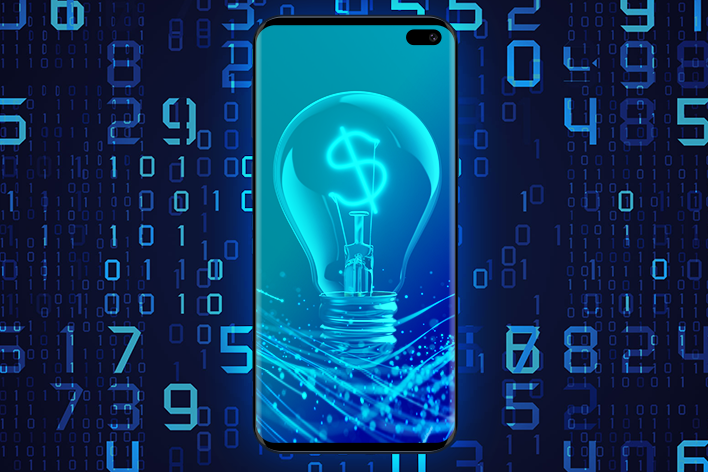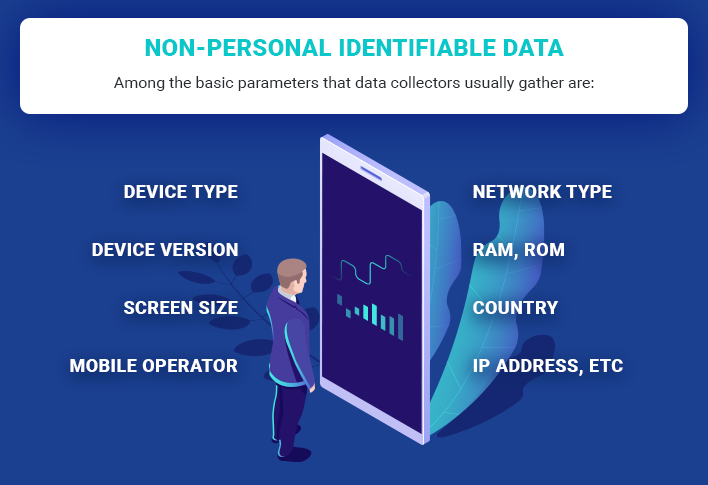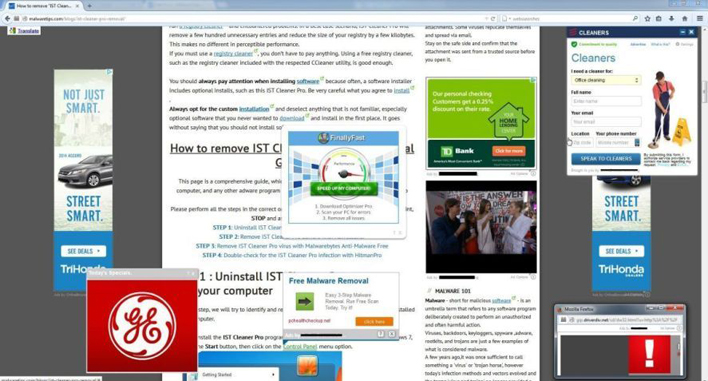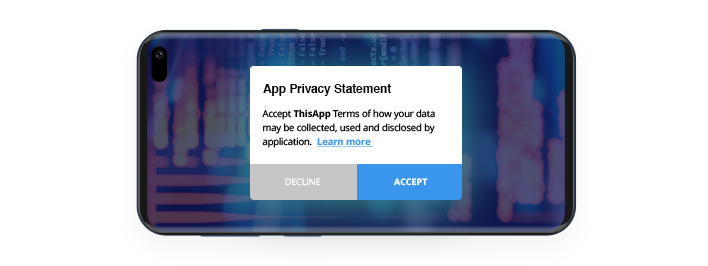
User data has been a really hot topic across many industries, especially digital. Transparency is spreading over the advertising word and users want to have total control over what information is passed to the companies, and what are they doing with all of this information about users.
This demand resulted in the appliance of the mutually agreed law, the General Data Protection Regulation (GDPR) on data protection and privacy for all individuals.
However, brands, app owners and research companies still need data to perfect their products, make efficient researches and predictions.
In this article, we’ll unveil the mystery of user data, make distinguishments of personal and non-personal user data and how brands and app owners can benefit from it while staying 100% GDPR compliant.
What is user data?
Information about the users on websites or apps have been collected mainly to get them a more tailored experience and provide a better product based on their current needs. The information about how users interact with your product can give you significant head start over your competitors.
User data refers to the personal and non-personal information that a user leaves while interacting with websites or apps. This data is divided into certain groups based on how it was collected.
Personal data means data that a user gives to a website/app by himself. This information includes personal identifiable information like email address, name and surname, any social account, billing information and more. Personal data is gathered during registration or while making a payment.
This type of information is 100% reliable and accurate, and can be used by any website/app who collects payments. All this information will help to provide a more personalized experience for the user.
Another type of data is non-personal data. This data cannot be used to identify a specific user, but it helps companies identify trends and patterns through research. Non-personally identifiable data comes from how users interact with an app or website, as well as from personal data. It includes details like Bluetooth usage, session length, operating system, and more.
User data can help your company stay ahead of the competition and remain relevant to your customers’ needs. However, be aware of the limitations that come with collecting certain types of user data. You need to consider security, legal, and ethical restrictions in your data collection methods and handle any data you gather responsibly. Ignoring security in data management can lead to significant financial losses and harm to your reputation.
What are the main benefits of user data?
While many people are now considering any data gathered as evil, let’s be cold-minded and face the fact: user data is an absolutely necessary way of digital evolution.
Analyzing relevant user data can change your UX, make you rethink your key features and iterate your features to better meet user expectations. User data can help an app to build a better product, choose the right voice to communicate with users and get instant feedback on updates.
A User can get a 100% relevant experience while interacting with a website/app thus avoiding unnecessary steps and frustration. Sometimes we see ads from ad networks, which somehow know that we adore cats and that we were looking for a cat mattress a week ago. Why does it happen? The website, eg. Google uses our cookies to establish our behavioral patterns and preferences so that companies who advertise via Google could target us better.
“What bastards!”, one may say, but if you go back just 8 years, you might remember how the internet without targeted ads looked like:
This data can be totally controlled, and the user can even erase it if they wish.
An App developer can utilize his app users’ data to improve app performance, user engagement and to drive more conversions. User data helps them understand user behaviour, see the time spent on every screen, collect crashes and a lot more. As this personal data referres an internal process of app improvement, the app developer is not permitted to share it with the third-parties.
Brands/research institutes combine quantitative user data with qualitative user data, which grants rich, deep insight into user behavioral patterns. User data help them develop better and create down-to-earth solutions, avoiding unnecessary features, meet user expectations and make accurate industry predictions.
Can user data be monetized?
Yes, it can. But not all data can be monetized: according to GDPR, any data passed without user consent is illegal. Why does the news tell us all the stories about Cambridge analytica and more? Because they took personal user data.
Let’s take an app owner, who released a free-to-play game. He invested $5000- $10 000 in app development, minimum $2000 on app promotion (even if he pitched a press for a free publication or got featured by a famous youtube blogger, he still spent his time on preparation). The app is free to use, but he still needs money on its further improvements, bug fixes, and user acquisition. He can use in-app ads to monetize it, but if his app has 80 000+ daily active users, he can consider data monetization.
If he wants to earn some money with user data, the safest option here would be sharing users’ non-personal data. OMG, passing user data is the eighth sin! – some skeptics may say.
And we partially agree: passing PERSONAL data without user permission is bad, but NON-PERSONAL identifiable data is 100% anonymous, and GDPR compliant. App developers can pass non-personal identifiable data to data collectors to help them get quantitative data in a certain region. In fact, they have a lot of non-personal data which is hard to make use of. One necessary option to start monetizing non-personal data is the preparation of the user consent, which looks like this:
After the user agrees to pass non-personal information, the app developer can earn extra money from him. It is passive income that can bring up to $500-600/mo, while being 100% UX-friendly and GDPR compliant.
App owners are not the only ones who can benefit from user data, but it’s a great example of how user data can be demystified and turned into a handy tool for business growth. Utilizing user data can help you develop and implement data-driven advertising: programmatic ads, retargeting, predictive analytics etc. Non-personal data can be used as an additional revenue stream by app owners, lowering their operational expenses. With GDPR implementation, users realized they’re in full control over their data, and can allow or decline gathering it while being more satisfied with the digital ads they interact with.
Share your thoughts on user data monetization in comments!


